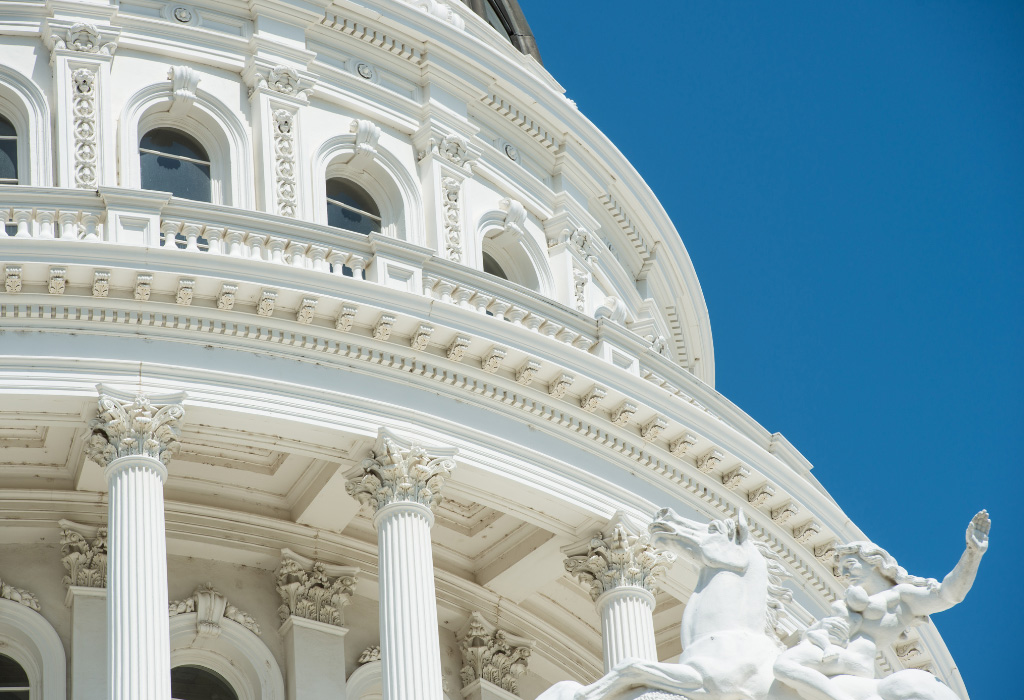
Why California needs a life-saving heat pump program
In California, another record-breaking summer approaches but a quarter of California homes lack access to cooling with air conditioning or heat pumps. High temperatures could result in up to 4,300 premature deaths per year in the state starting in 2025, with greater impacts on low-income households and communities of color, especially Black Californians who experience higher rates of heat-related mortality. With projections that extreme heat could increase twenty-fold unless the state can curb carbon emissions, the Equitable Building Decarbonization Program (EBD) is a life-saving initiative that is urgently needed. The program protects low-income households and communities by providing no-cost, zero-emission cooling equipment like heat pumps, as well as weatherization and other home upgrades.
Heat pumps are a highly efficient technology that “pump” heat out of the home and circulate cool, filtered air indoors during hot weather. They provide more efficient cooling than air conditioners, and because they run on clean electricity, they have a significantly lower climate impact than gas appliances, which generate pollution that exacerbates extreme heat, droughts, and wildfires. This means that in addition to building climate resilience for communities, heat pumps can help cut emissions from the building sector, which is the second-leading producer of greenhouse gas emissions in the state after the transportation sector.
Equipping homes with zero-emission heat pumps can also improve indoor and outdoor air quality. Gas appliances in homes and buildings in California emit roughly four times as much nitrogen oxides (NOx)–which are toxic and help form smog–as all of the state’s fossil fuel power plants. Cleaning the air is especially critical for the 99% of disadvantaged communities in the state that live in severely polluted areas that don’t meet federal air quality standards.
Investing in the EBD Program can also accelerate heat pump adoption to meet Governor Newsom’s target of creating three million climate-ready homes supplemented by six million heat pumps by 2030, and seven million climate-ready homes by 2035. The program can also build market certainty and provide high-road jobs along the way. But consistent and robust funding is needed to realize these targets and benefits.
A joint proposal from the California Legislature was presented to Governor Newsom this month–the culmination of efforts from state leaders, including Senator Josh Becker–to partially defend $551 million in funding for the EBD Program over several years. However, the original commitment of nearly $1 billion for the program in 2022 could have upgraded hundreds of thousands of households. With about forty percent of the funding cut, low-income households that would have been eligible for the program will be left to weather the effects of extreme heat and climate change.
Environmental justice and climate advocates are calling on state leaders to bolster the EBD Program with $400 million in funding as part of a climate bond to be passed by the Legislature at the end of this month. If passed, California voters will have a chance to support the program this fall and help patch up the deep budget cuts to the program.
Californians need leaders who will prioritize protecting and preparing households for heat waves and climate change. The EBD Program is a lifeline that can expand access to clean cooling, build climate resilience, and improve public health while supporting the state in reaching its climate and clean air goals faster and more equitably. As extreme weather worsens in the state and across the nation, state leaders must act to ensure that the EBD Program is included in the climate bond.
